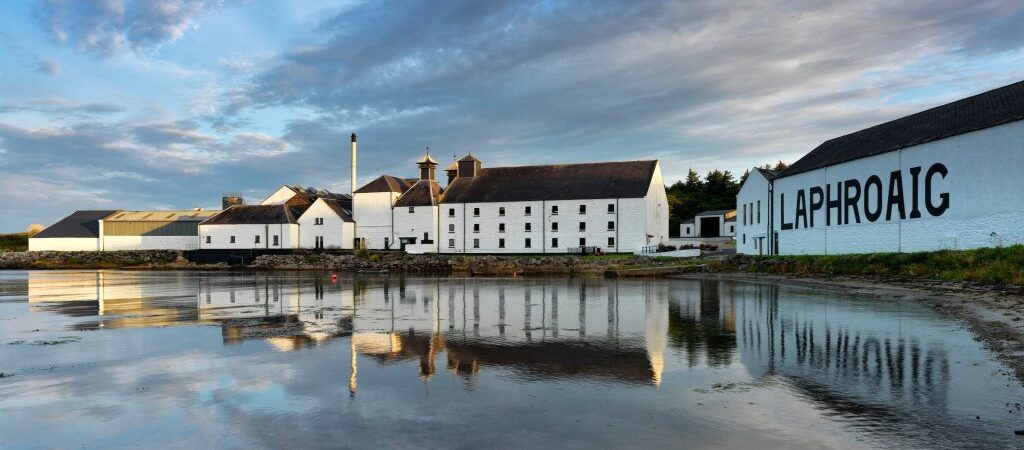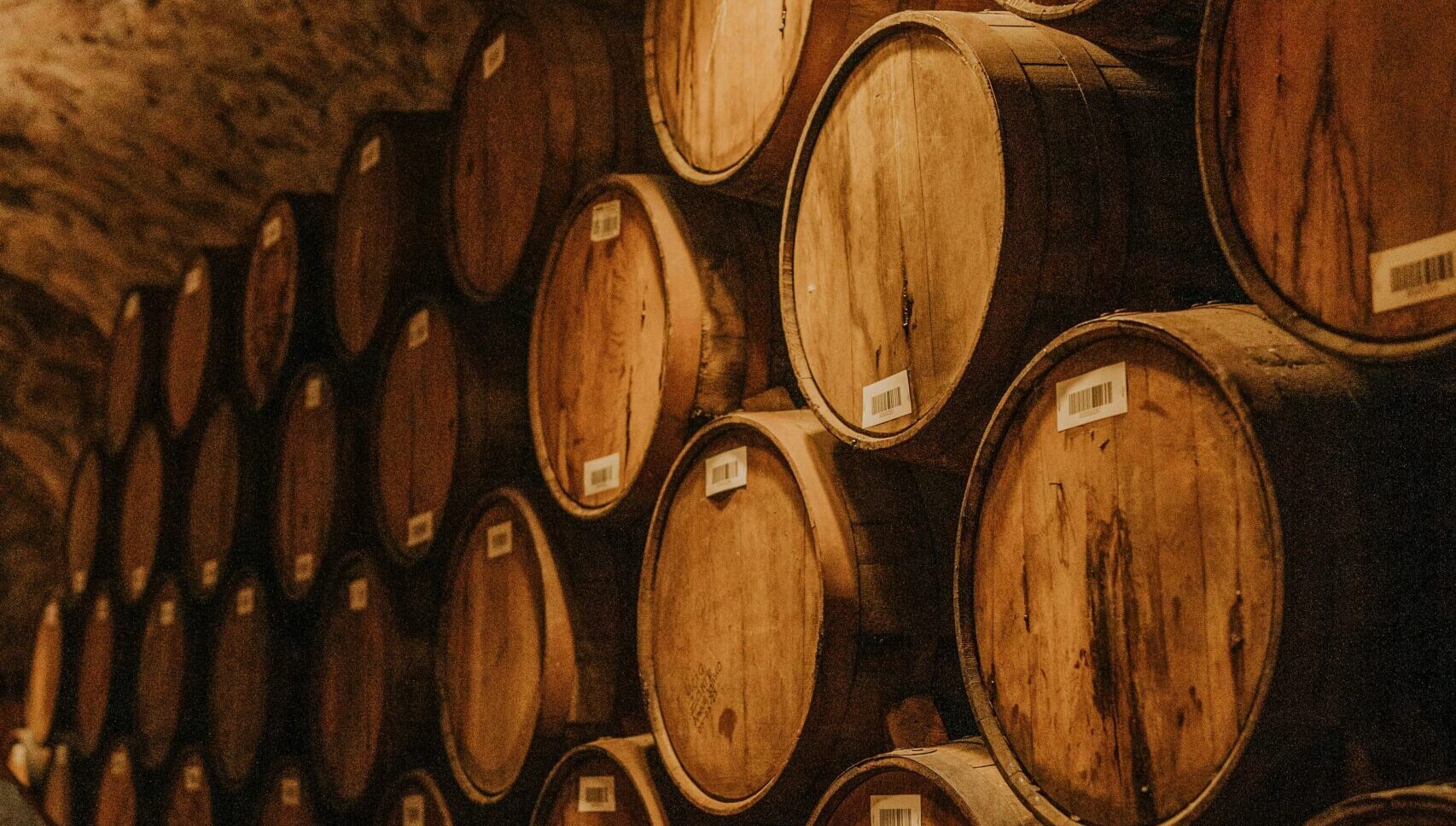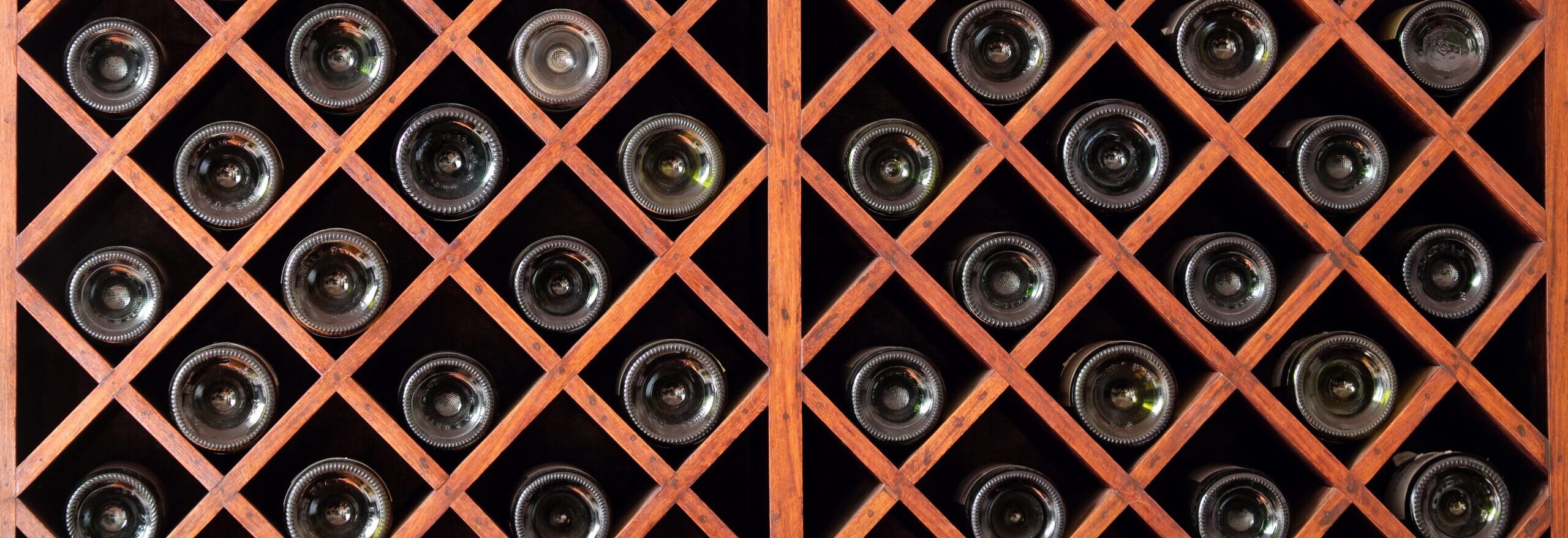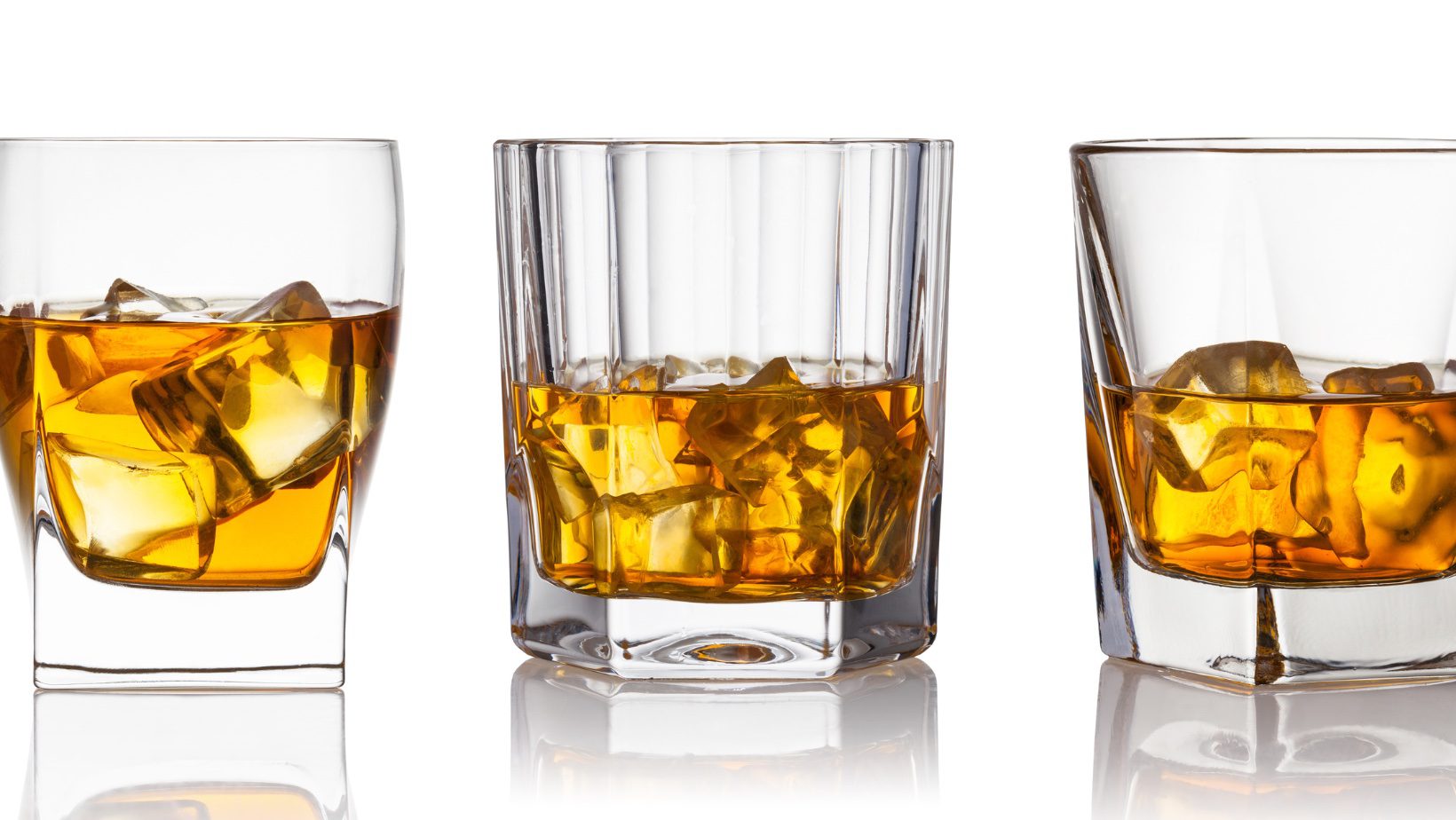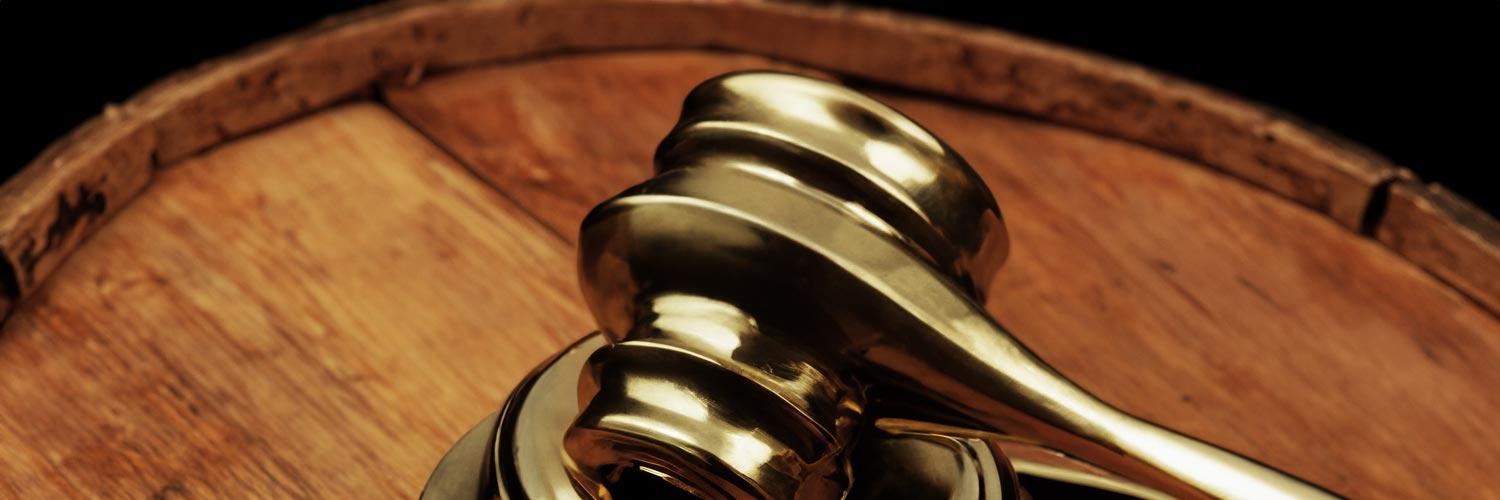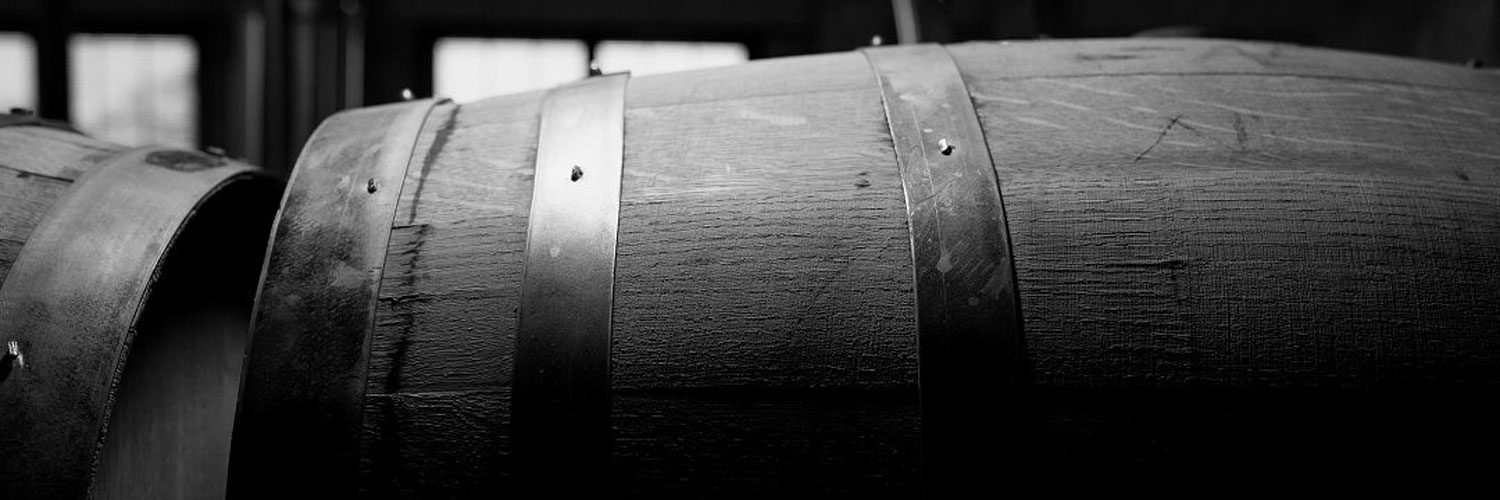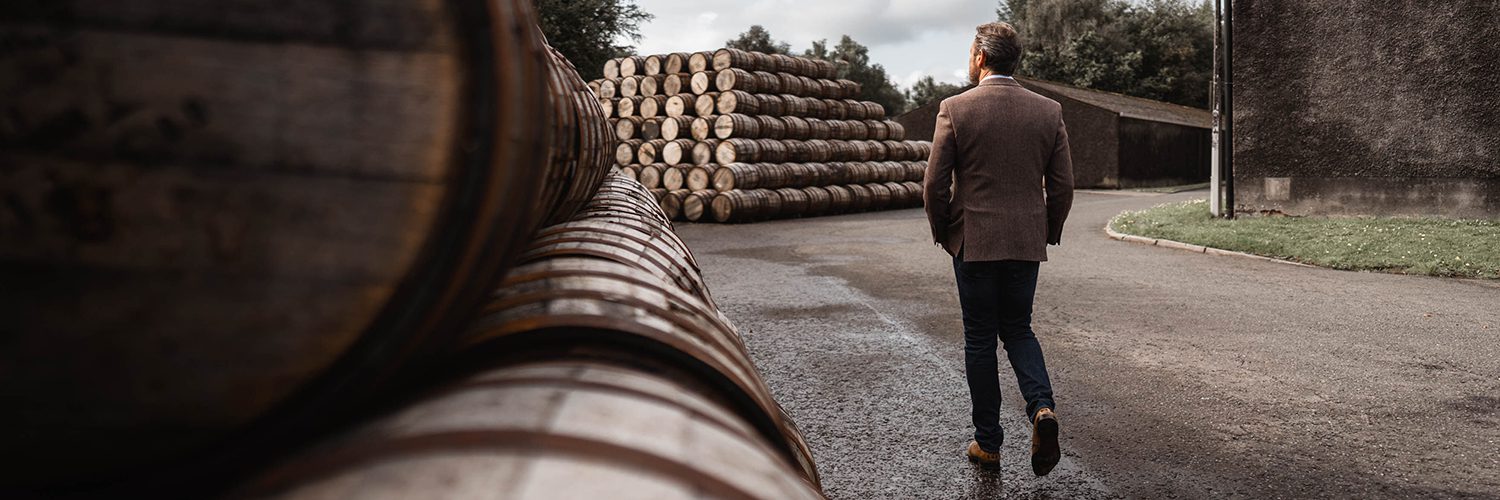In this guide, we will attempt to de-code the elements of a Scotch whisky label, helping you to make informed choices and savour the unique character of your favourite dram.
 Learn
Learn
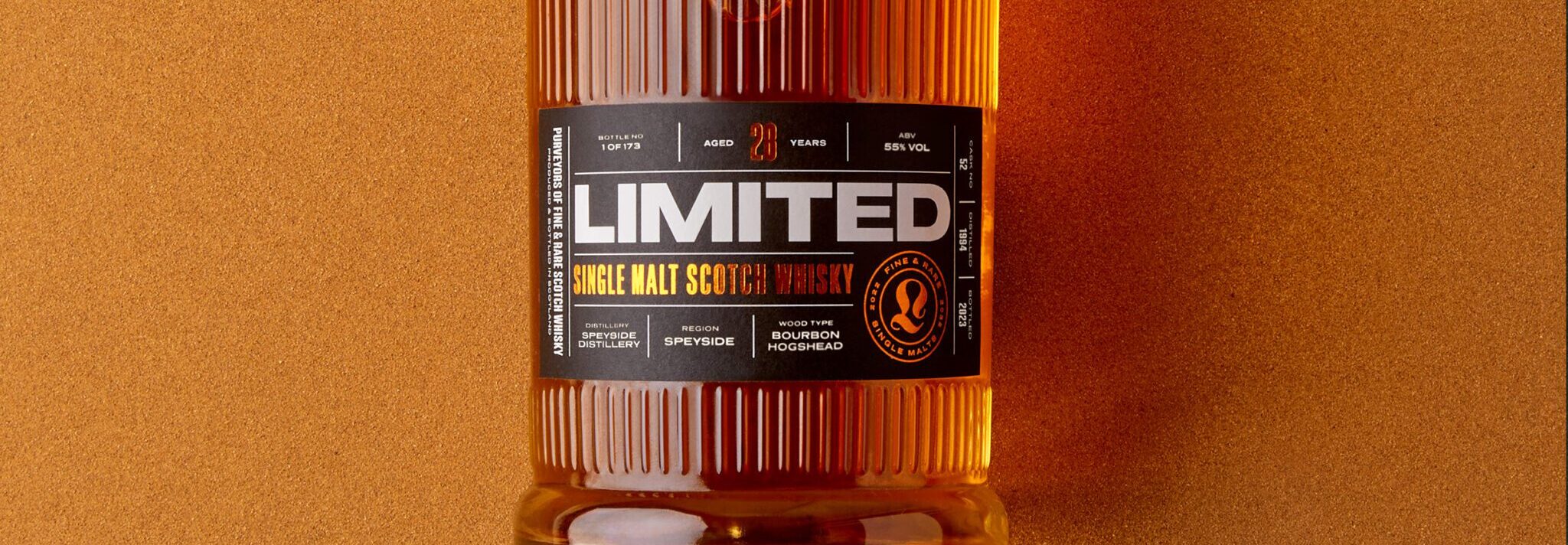
For blended whisky you’ll find a brand name. For single malt whisky, the brand name is usually the name of the distillery or the name of the independent bottler. However, every single malt whisky label must display the name of the distillery responsible for its creation.
It’ll be either single malt, single grain, blended malt, blended grain, or blended whisky. Understanding the differences and distinctions will help you appreciate the composition of the whisky in your glass.
Scotland is divided into distinct whisky-producing regions, each with its own terroir and flavour profiles. Regions like Islay, Speyside, Highlands, Lowlands and Campbeltown impart unique characteristics to the whisky.
Islay: Produces predominately peaty whisky with smoky, earthy and briny undertones.
Speyside: Produces particularly fruity or peaty flavour profiles.
Highlands: Offers a huge variation from peat, honey and heather through to briny coastal notes.
Lowlands: Known for producing whisky with a light floral and grassy flavour profile.
Campbeltown: Produces a varied flavour profile, including fruit, toffee and vanilla.
The label may reveal the size of the cask your whisky was matured in. The most common types are:
Barrels: Used for a shorter maturation period. Previously used to age bourbon, these charred American oak barrels impart notes of honey, vanilla and soft caramel. Capacity: 190-200 litres.
Hogsheads: Used for long-term maturation. These larger casks allow for less interaction with the wood and impart notes of vanilla, coconut and spice. Capacity: 225-250 litres.
Butts: Large casks made from Spanish or American oak that have previously held sherry. These casks give whisky a reddish hue and impart notes of chocolate, dried fruit and nuts.Capacity: 475-500 litres.
If the whisky has an age statement, the label will indicate the number of years the whisky has spent maturing in casks. Generally, the older the whisky, the more complex and nuanced its flavours, although not always necessarily so.
By law, the age stated must indicate the age of the youngest whisky in the bottle.
The date the distillation process was started.
The date the whisky was bottled.
The ABV indicates the percentage of alcohol in the whisky, which legally cannot be below 40%. Most whiskies are typically somewhere between 40-55%. The ABV influences the intensity of flavours and the overall drinking experience.
Cask strength whiskies, with higher ABV, may require dilution with water to suit personal preference.
If your whisky is part of a limited release, you will normally see the bottle number somewhere on the label.
In other words, the volume of whisky contained in the bottle. In Europe, the standard bottle size is 70cl or 700ml. Miniatures are typically 50ml and in global travel retail outlets in airports, the standard is 1 litre, or 1000ml.
Natural colour comes entirely from the wood and suggests no artificial additives.
Chill filtration involves lowering the temperature of whisky and passing it through a very fine filter to eliminate any elements that cause cloudiness. Some experts believe this process can affect the mouthfeel.
Many labels include a set of tasting notes, describing the aromas and flavours you might encounter. Its important to remember that these are subjective and just offer an insight.
Some whiskies are part of an annual release from a particular cask. If this is the case the release number is usually indicated on the bottle.
Occasionally, the label might include a copy of the master distiller or blender’s signature, especially if the person or brand is particularly well-known. This adds an element of accountability.
If your whisky has been the recipient of a prestigious award, you’ll sometimes find a sticker detailing the award, e.g., World Whiskies Awards, or special certifications e.g., a B-Corp certification logo.
If your whisky was purchased in the UK, or is intended for consumption in the UK, it will have a UK duty stamp which can normally be located on the back of the bottle.
You will always find ‘Product of Scotland’ somewhere on the bottle.
As you delve into the world of Scotch whisky, let the labels be your guide, providing you with the confidence, understanding, and knowledge to choose whiskies that align with your preferences.
Slàinte mhath!



